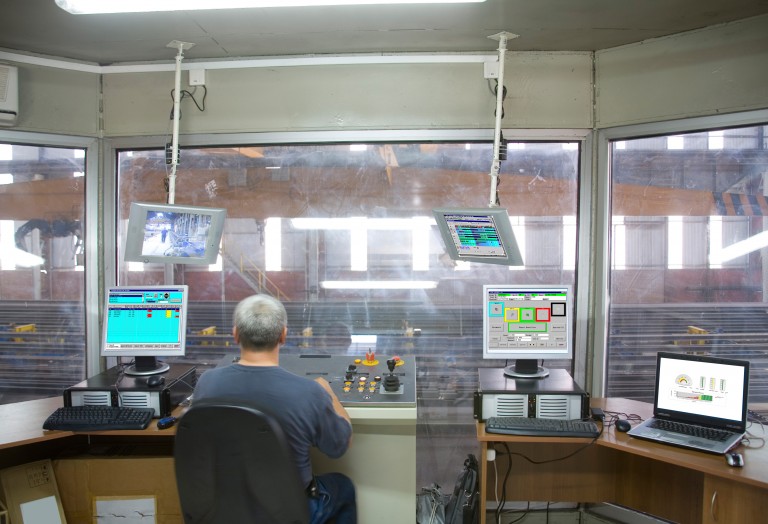Wiring-up your machine to a central server to collect data for evaluation of OEE metrics or using bar code readers to facilitate a factory floor Data Collection project might sound like a productive thing to do, but it could be a hindrance and in actuality be putting you on the wrong project “lean manufacturing” track. Many project de-rail as a result of management not totally understanding some of the important issues and requirements needed by your floor people during the production process.
In order to better understand how the collection of floor data involves more than hooking up machines and/or bar code readers, let’s break down the production process activities into three general categories based on the movement of parts through the factory floor. These three areas of activities, although different for each and every manufacturing company, often present similar control and management concerns which you might find at your company when you examine your manufacturing process. They can be classified into…1) start-up process, 2) middle-of-the-road process, and of course 3) last-step process as defined by your part routing files.
At FACTIVITY we have found the most of our customers are now wanting to report actual raw material usage at the initial “start-up” manufacturing operation. By moving the actual reporting directly to the line you can remove errors associated with tracking of component usage and:
1) Improve the accuracy of the actual amount consumed by part/job
2) Eliminate errors which can also occur from incorrect materials reported to a part/job
3) Eliminate incorrect identification numbers such lot/heat/serial for customer or government tracking requirements.
Allowing the operator to select from an available lot list for example, using a touch screen, can improve this activity both in time savings and reduction in errors. Some ERP systems pre-assign lot numbers but material people sometimes pick the right part but wrong lot. Other times, a lot of material is completely used-up and another new lot must be assigned to the production which again can cause problems in tracking correctly. Additional logic such as real-time inventory validation inquiry along with an improved User Interface (UI) specifically designed for ease-of-use just might be the best solution. This type of functionality can be found in a Manufacturing Execution System (MES) using touch screens instead of a bar coder RF device and their required paper travelers.
In the middle of a routing can be found “grouping” requirements of production orders which are not necessarily run in serial fashion. These grouping of jobs might be a resulting of using:
1. A laser cutter that have “nested orders”
2. A roll cutting process that that makes difference parts from the same raw material roll
3. A furnace line that groups parts to maximize the heat treating or baking process.
Trying to collect data at these operations is not easily accomplished with the normal data collection RF bar code system designed for the standard sequential order/operation bar code scanning. Easily tracking these “grouped” orders requires more systems logic at the floor level which we will explain in Part 2 of the article.
FACTIVITY’s Manufacturing Execution Software (MES) collects data from the factory floor and provides metrics needed to implement lean manufacturing practices. The system monitors equipment availability, performance and quality to visually display Overall Equipment Effectiveness (OEE) in real-time and integrates fully with your ERP.
For more information about FACTIVITY products and MES technology in general, visit our website at www.factivity.com
